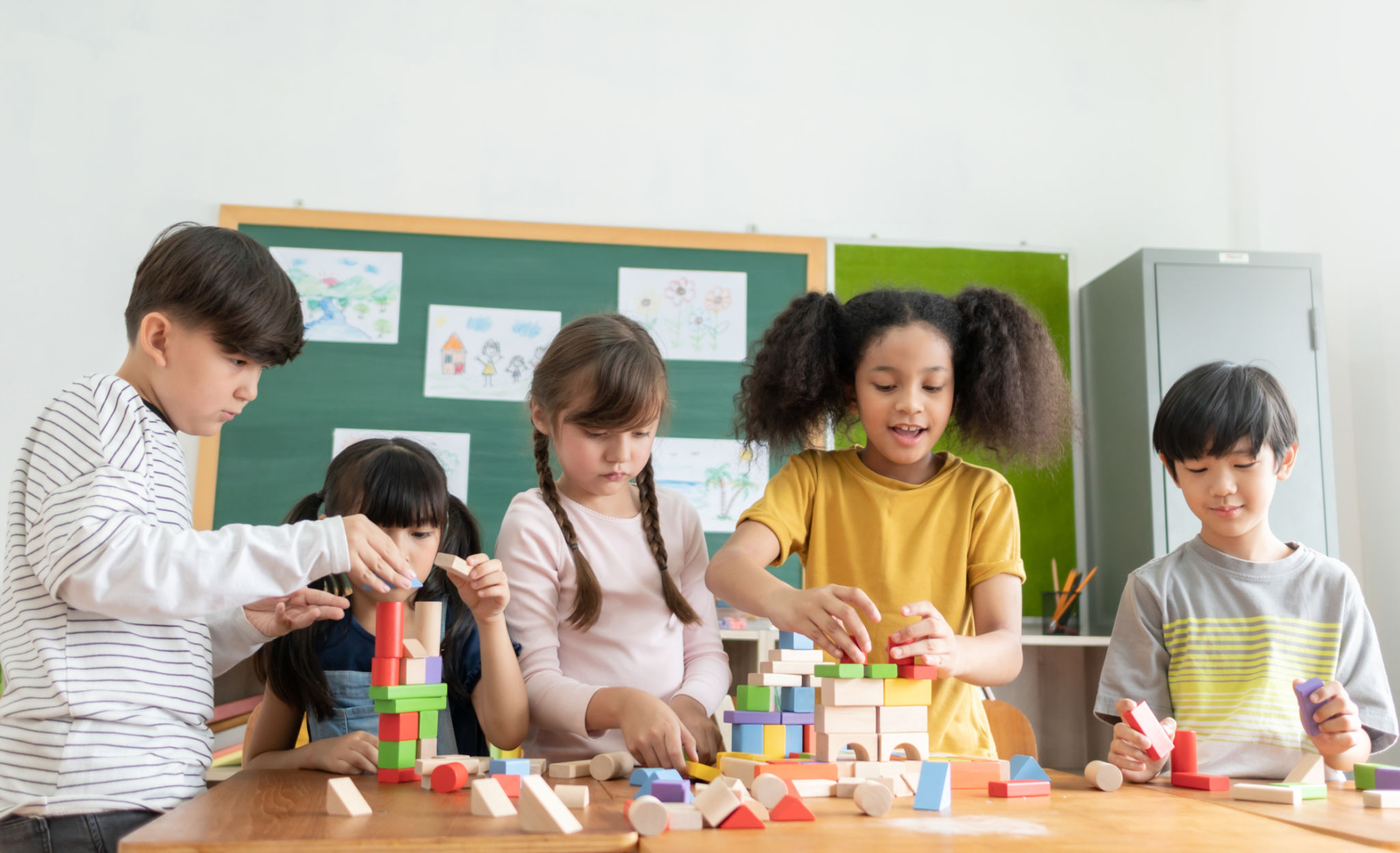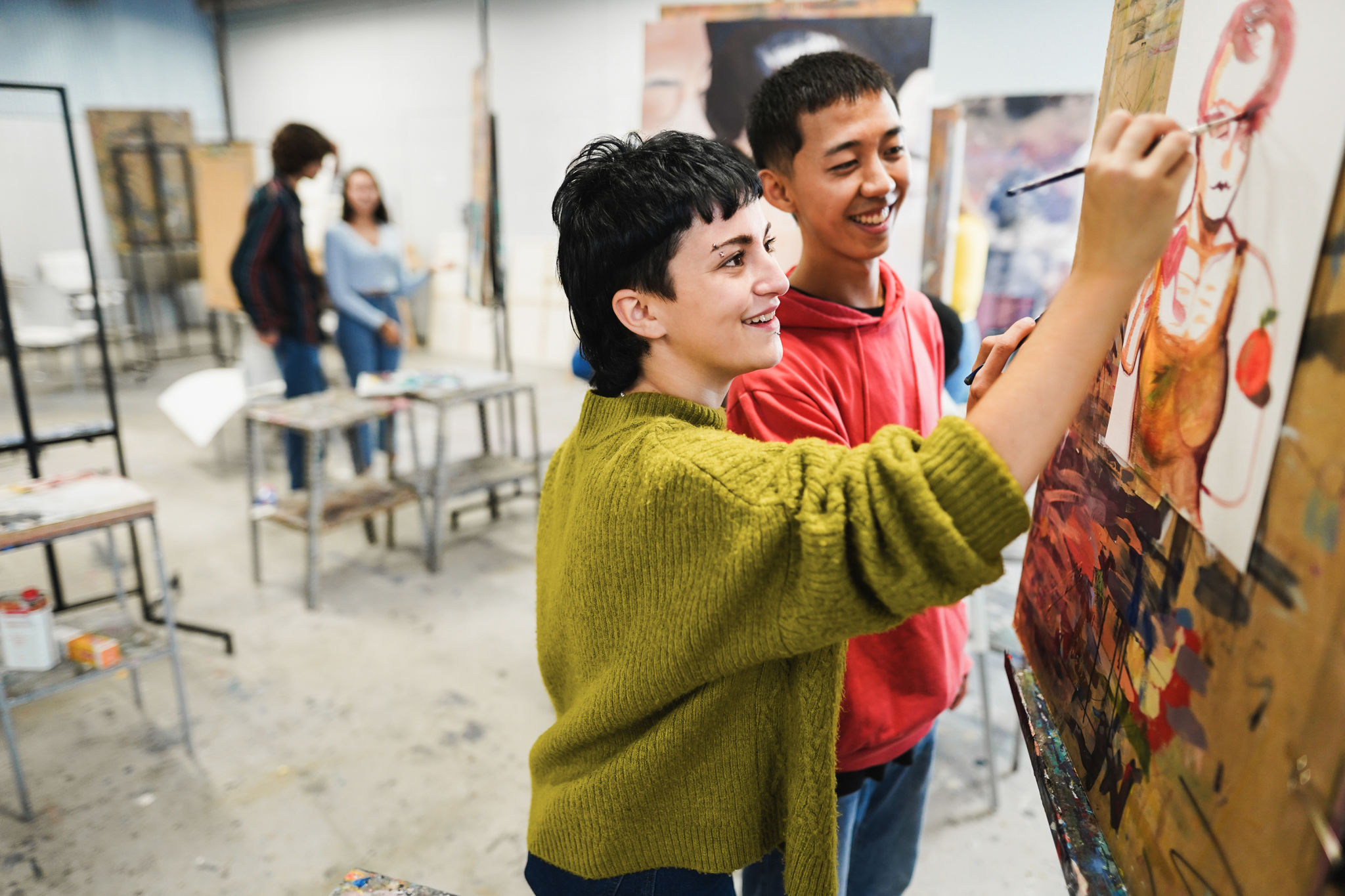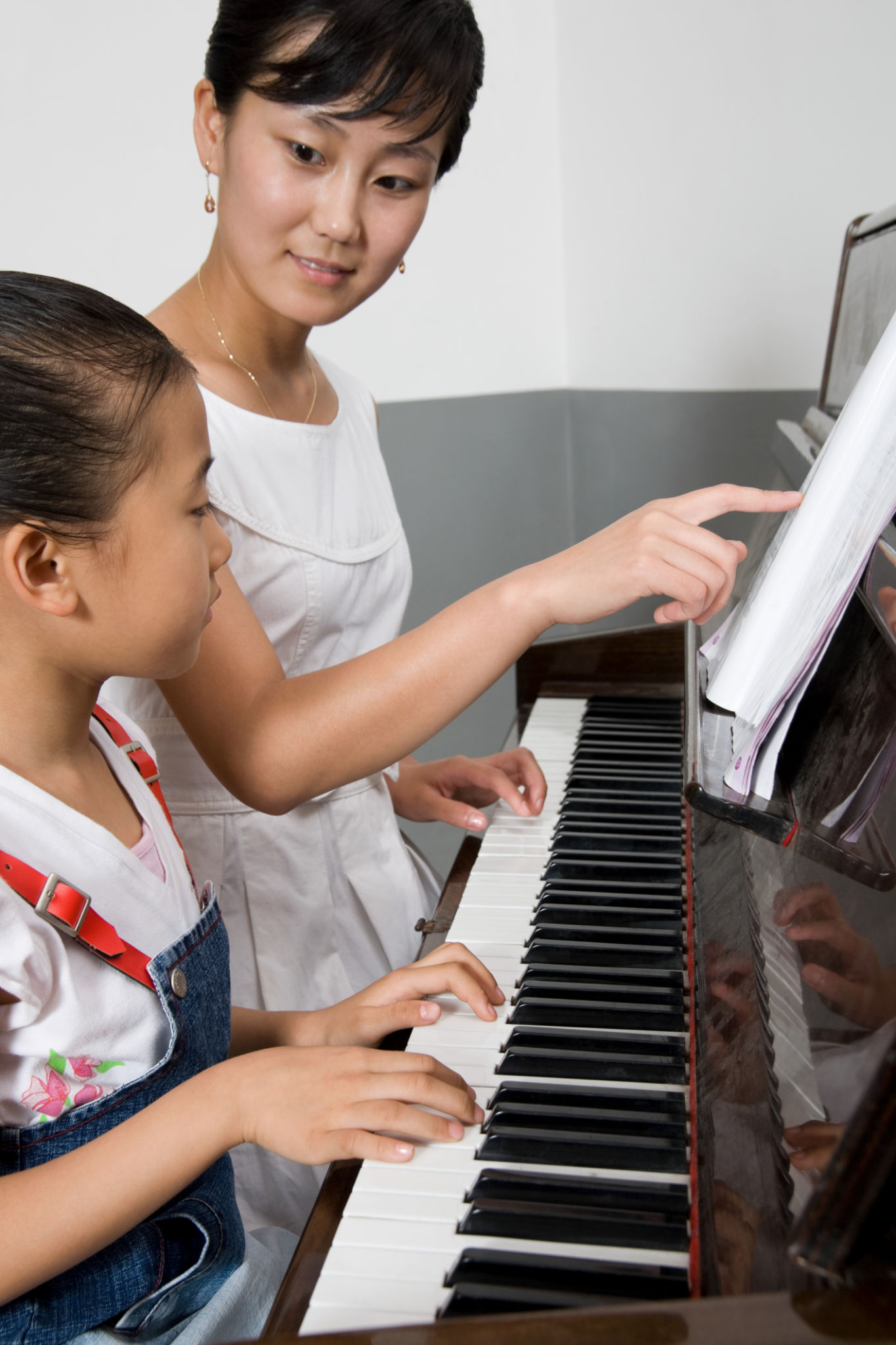Integrating Creative Activities into Classroom Learning: Tips for Teachers
Introduction
Incorporating creative activities into classroom learning can significantly enhance student engagement and foster a more dynamic educational environment. By integrating art, music, drama, and other creative pursuits into traditional subjects, teachers can provide a well-rounded learning experience that caters to diverse learning styles.
The Benefits of Creativity in Education
Creativity in the classroom is not just about making learning more fun. It plays a critical role in developing students' critical thinking and problem-solving skills. When students engage in creative activities, they learn to approach problems from different angles, enhancing their ability to think outside the box.
Moreover, creative activities can boost student motivation and interest. When students are excited about what they're learning, they're more likely to participate actively and retain information better.

Integrating Art into Learning
Art offers a myriad of opportunities to enrich classroom learning. Teachers can incorporate art projects related to historical events or scientific concepts, allowing students to express their understanding visually. This method not only deepens their comprehension but also helps them develop fine motor skills.
For example, when learning about ancient civilizations, students could create models or drawings of artifacts. This hands-on experience reinforces the historical context and provides a tangible connection to the subject matter.
Tips for Art Integration
Here are some tips for effectively integrating art into your lessons:
- Align art projects with the curriculum to reinforce key concepts.
- Encourage students to use different mediums and techniques.
- Facilitate group art projects to promote collaboration and teamwork.

Incorporating Music into Lessons
Music can be a powerful tool in education, enhancing memory and concentration. Teachers can use songs to teach language patterns, historical events, or scientific principles. For instance, using a song to memorize the periodic table elements can make retention easier and more enjoyable.
Moreover, music can set the tone for classroom activities, helping to create a conducive learning atmosphere. Background music during independent work can increase focus and productivity.
Music Integration Strategies
Consider these strategies for incorporating music into your lessons:
- Create subject-specific playlists that align with your lesson themes.
- Encourage students to write their own songs or raps about the topics they are studying.
- Use rhythm and beats to teach mathematical concepts like fractions or patterns.

Drama and Role-Playing in Education
Drama and role-playing activities allow students to explore different perspectives and deepen their understanding of complex subjects. By acting out historical events or scientific processes, students can better grasp the material through experiential learning.
These activities also promote empathy and communication skills as students learn to express ideas and emotions effectively. Drama can make abstract concepts more tangible and relatable, enhancing overall comprehension.
Implementing Drama Activities
To successfully implement drama in the classroom, consider the following:
- Create scripts based on curriculum topics for students to perform.
- Organize class debates or mock trials to explore various viewpoints.
- Encourage improvisation exercises to stimulate creativity and quick thinking.
By integrating these creative activities into your teaching methods, you can create a stimulating and inclusive learning environment that nurtures both academic and personal growth in your students.